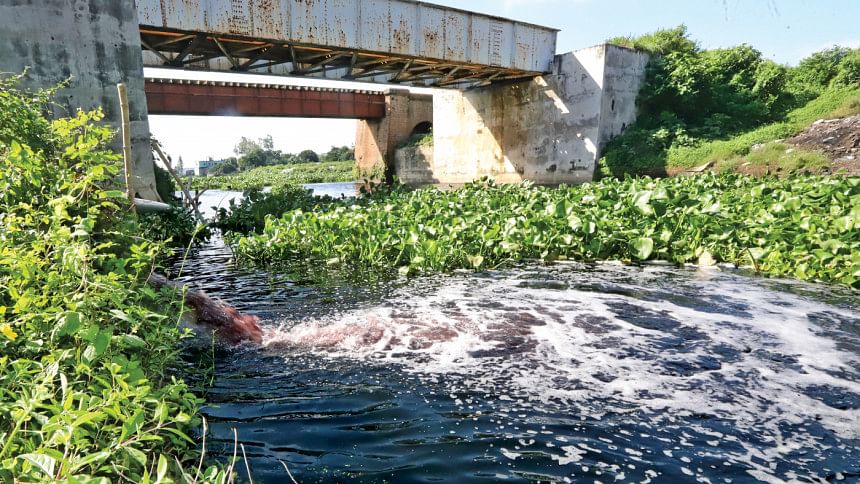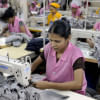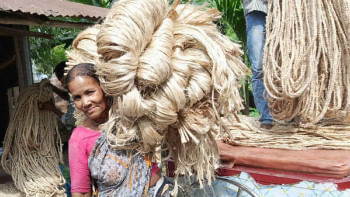World Rivers Day: Factories killing water bodies in Tongi

Fazlu Mia still remembers bathing in the Hyderabad canal with other villagers in Tongi, Gazipur, because the water used to be clear only two decades ago.
But now the appalling stench of the canal, which looks more like a swollen drain, makes it hard to go anywhere near it, let alone bathe in the pitch black water.
"Effluent released from countless factories in the area has ruined it," said Fazlu, 70, a resident of Shilmon village.
Garment factories, apparel dyeing and washing facilities have mushroomed in the area over the years. "And all of a sudden, all of our open water sources turned filthy."
The municipality authorities built a drainage system through Shilmon village for the factories to discharge untreated waste into the Hyderabad canal.
Under Nimtoli bridge over the canal on Tongi-Pubail Road, a pipe can be seen discharging waste from a factory about two kilometres away.
Even the factories of Bangladesh Small and Cottage Industries Corporation (BSCIC) area discharge water in the canal which leads the toxic chemical to the Tongi river. Thanks to the network of connected water bodies, the dark water eventually reaches the Shitalakkhya through the Balu river, locals said.
The people of Gazipura, Barabari, Kunia, Baghailkur, Shukundi, Nimtali, Ershadnagar, Banamai, Duttapara, Harbait, Baigertek, Hyderabad and Mazukhan are suffering due to the pollution.
A farmer from Mazukhan, who did not want to be named for fear of reprisal, said, "I used to harvest 20 maunds of rice from my land. But now it has fallen to just about 11 maunds because we can't use the rotten water for irrigation."
A report of the International Finance Corporation in 2018 said Bangladeshi garment factories and mills that wash, dye, and finish fabrics consume 1,500 billion litres of water annually, which exacerbates falling groundwater levels. They also discharge toxic effluent that contaminates waterways and surrounding environments, harming the health, food production, and economic growth of local communities.
ROLE OF DoE
Nayan Bhuiyan, deputy director of the department of environment in Gazipur, said at least 30 lakh cubic metres (each cubic metre is 1,000 litres) of wastewater are released everyday from factories in Gazipur. Most of the pollution is done by 542 dyeing and washing facilities.
"Almost every factory has an effluent treatment plant (ETP). But they do not use the plants unless we visit them," he said, adding that the factory owners do this to save money.
Besides, the department has only nine employees to monitor around 7,500 factories in Gazipur. "It is not possible to monitor all the industries."
Mujibur Rahman Howlader, former chairman of the National River Conservation Commission (NRCC), said the commission made several recommendations to stop pollution.
"But the polluters keep on polluting, maybe because stopping pollution is not the government's priority. If it were a priority, the government would have stopped this. The shipping ministry has just built walkways along the Turag river and Tongi canal compromising with the river grabbers. It is understandable that protecting the rivers is not the government's first concern," he said.
Sharif Jamil, general secretary of Bangladesh Paribesh Andolon (Bapa) said as Bangladesh is a delta generated by rivers, the government should make genuine efforts to curb pollution.

 For all latest news, follow The Daily Star's Google News channel.
For all latest news, follow The Daily Star's Google News channel. 








Comments